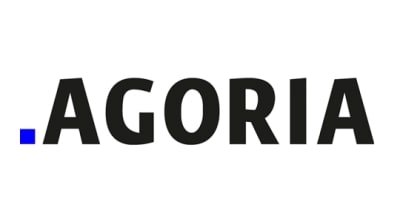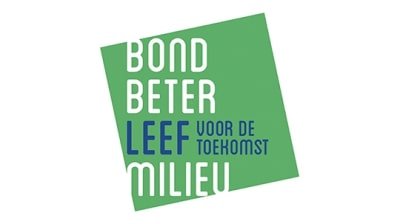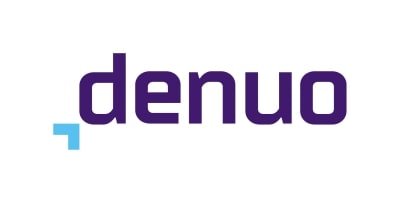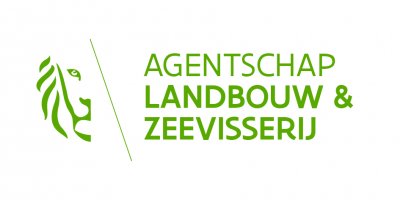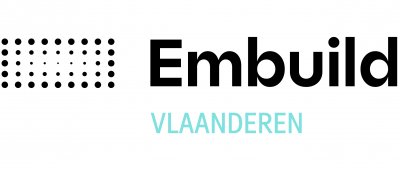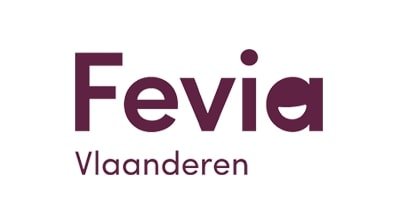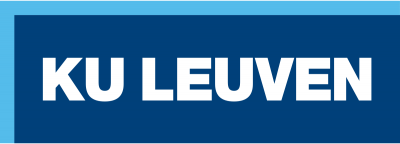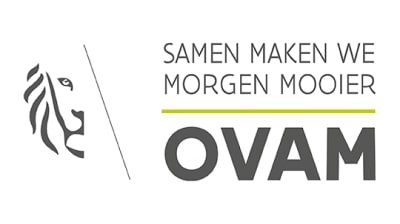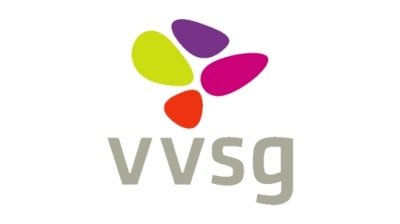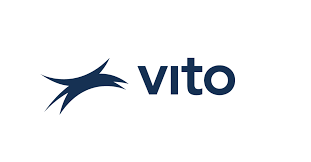Topics
We organise our actions in six thematic & strategic agendas:
Strategic Agendas:
Bio-economy
Circular Construction
Chemicals/Plastics
Manufacturing Industry
Food Chain
Water Cycles
Seven leverages provide additional support:
Leverage effects:
Lever Policy Instruments
Lever Circular Procurement
Lever Communication
Lever Innovation & Entrepreneurship
Lever Financing
Lever Jobs & Skills
Lever Research
What, why and how?
Why are we pursuing a circular economy?
Future visions 2050
How do we see our circular future?
About our management
Who steers what at Flanders Circular?
Foodsavers
A circular approach to excess and residual flows in het food chain.
Food loss and wastage occurs in various links of the food chain. In the agro and food industry, large losses and side streams occur, but there are also losses at the consumer's home and at the distribution level. Only a small part of this is currently reused. There is still a need for new visions and opportunities to keep the value of food surpluses as high as possible. Moreover, combating food losses is also one of the most cost-efficient methods to save CO2.
With this project HERW!N wants to keep/make the large supply of surplus food suitable for human consumption and at the same time create added value on a social and environmental level.
We want to stimulate and support Work Integration Social Enterprises (WISE's) to make new tasty products based on surpluses from the supermarket and by-products from agricultural or food processing companies. In doing so, we aim to demonstrate our already developed, successful business model of the Restjesfabriek. Companies can count on the support of experts of HERW! N, CODUCO and VIVES to jointly start up a business model against food waste and to test it in practice.
With this project we focus on the growing market of sustainably produced products and we respond to the growing awareness of consumers about food waste. The entire chain is involved in this innovation: from suppliers and producers to consumers.
KOMOSIE
Partners VIVES, CODUCO
Sectors
Themes
Organisations
Website
MOST IMPORTANT
RESULTS
- We put a lot of effort into communication and were able to reach several chain partners: food processing companies, both in the regular and the social economy, and a retailer. Food auctions were also involved.
- We have not yet created a long-term cooperation between a regular company with food surpluses and a social economy company that uses them. The difference in scale and production processes is often still very great, and both need to get to know and trust each other better.
- A side project was created in which various social economy companies worked together to make soup based on a minimum of 50% food leftovers, intended for purchase by the POD Social Integration in the context of EU food aid.
MOST IMPORTANT
LESSONS LEARNED
- Preserving food surpluses for human consumption is not part of a company's core business. Even if someone does take this to heart, it is the sales department that has the final word. More time and encouragement is needed here.
- Many social economy businesses want to get started with food surpluses, but have cold feet. They are afraid to take risks, they have to comply with FAVV requirements (Federal Agency for the Safety of the Food Chain) and there are not always resources for investment. Support is needed, in terms of product development and policy, but also in terms of risk management.
- At the moment, it is mainly the opinion of citizens that brings the problem of food surpluses to the attention of the public. As it moves up the food chain’: A regulation that rewards or stimulates the use of surplus food, getting as much value as possible from this valorisation, would be a major step forward.
- Distribution platforms could expand their remit to include the collection of surplus food for processing. In this way, they can support social economy enterprises, which are usually not logistically equipped to collect surpluses in large quantities.
WHAT DOES
THE FUTURE HOLD?
This project should be seen as part of an evolution. The results will be used in a large ongoing Interreg project in which VIVES is also a partner.
We continue to consult with supermarket chains to examine the possibility of using social economy companies to make products from their surpluses.
We are also part of the Food Waste Alliance, coordinated by FoodWIN. This alliance is also working on paying more attention to.

